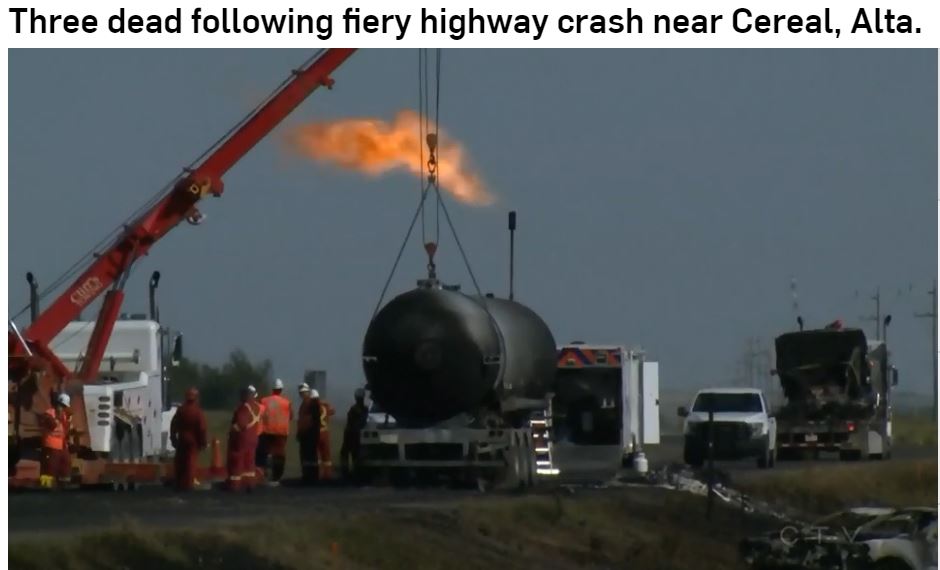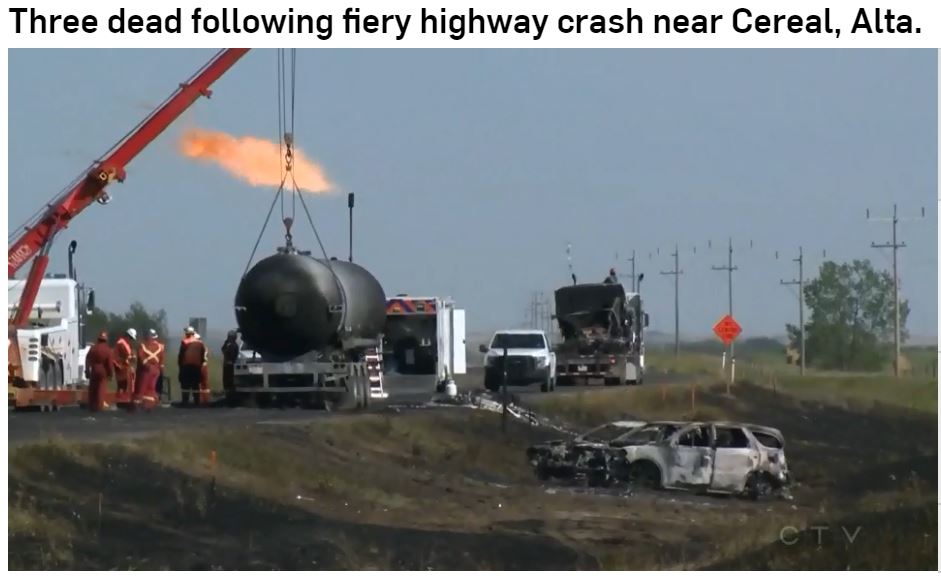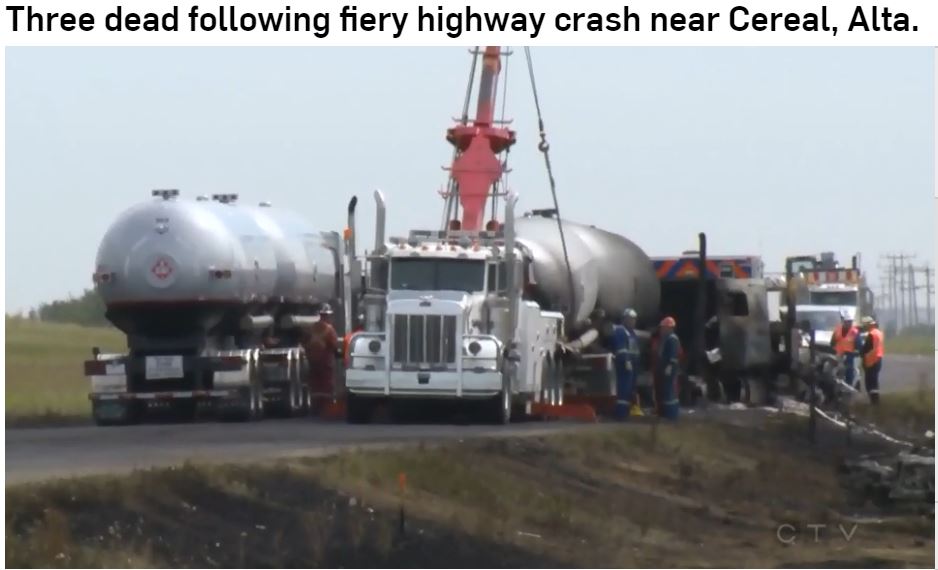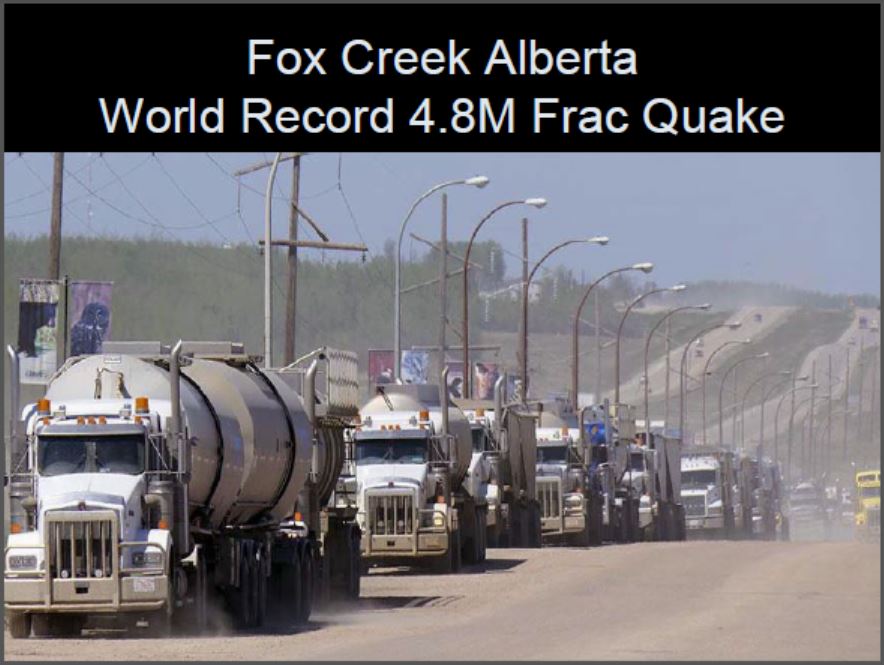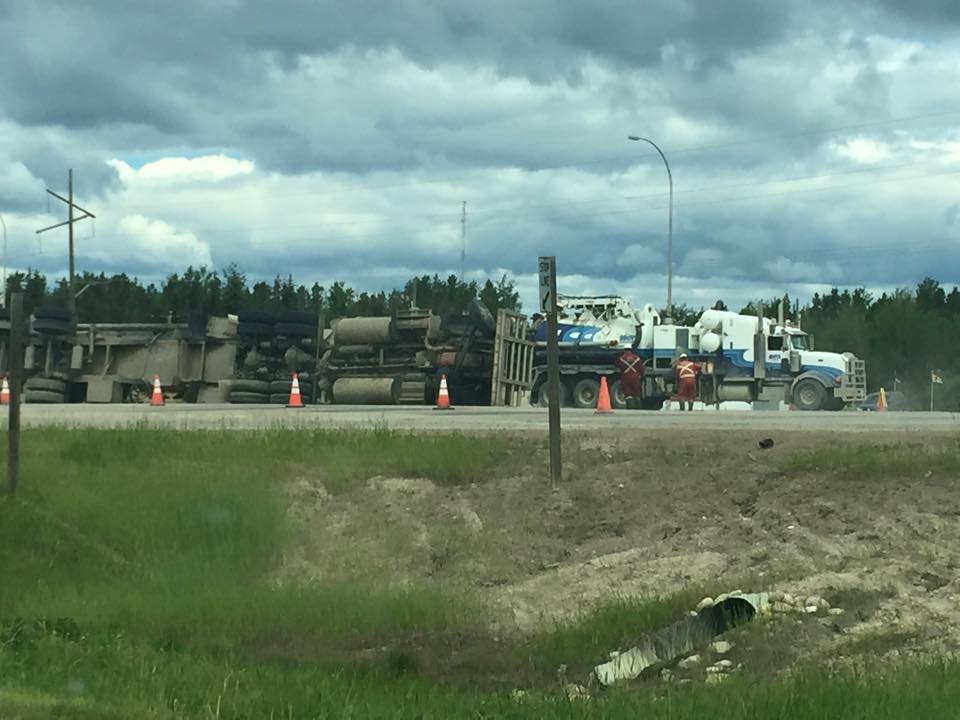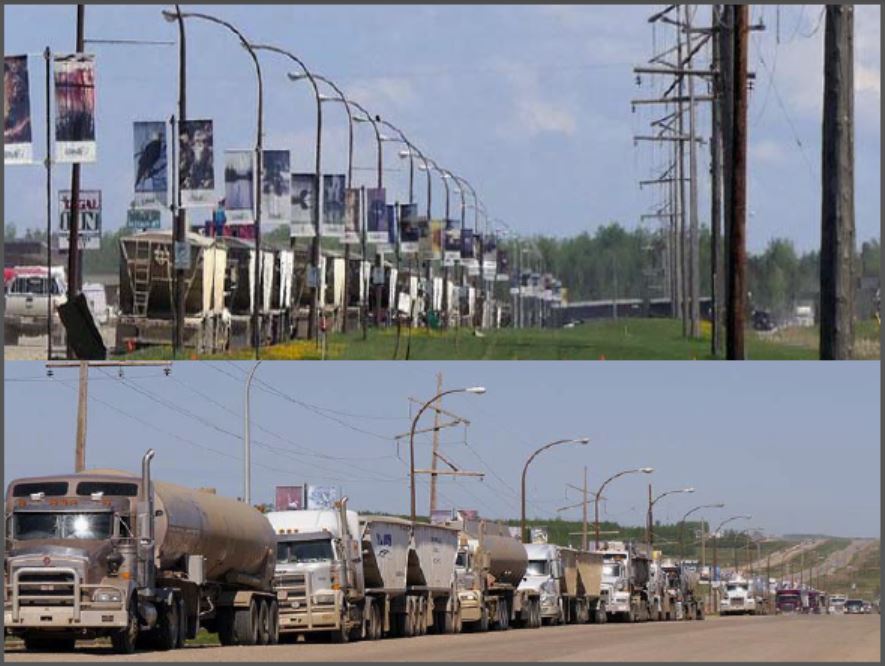Officials: Nearly Half of all Texas Traffic Deaths Occur in Energy-Producing Areas by Insurance Journal, October 18, 2019
Texas continues to lead the nation in oil and gas production, creating jobs and prosperity statewide, but communities in the state’s main energy production areas have also seen a rise in deaths on the road accounting for close to half of all traffic fatalities in Texas, according to the state’s transportation department.
The Texas Department of Transportation (TxDOT) says in 2018, 1,673 people died and more than 6,000 were seriously injured in crashes in the Barnett Shale, Eagle Ford Shale, Granite Wash, Haynesville/Bossier Shale and Permian Basin, where oil and gas exploration is underway.
Traffic deaths in these areas are up by 4% compared to 2017. Crash reports point to failure to control speed as the most-often cited factor in traffic crashes, followed by driver inattention due to actions such as looking at a cell phone.
“Driving conditions have changed dramatically in many parts of Texas,” TxDOT Executive Director James Bass said in a media release.
“A big increase in the number of heavy trucks and traffic on state and county roads adds to the complexity of driving – something we always need to give our full attention to, while also obeying traffic laws. That’s why we are urging every motorist to drive smart and take simple precautions to prevent crashes.”
In the coming weeks, drivers can expect to see a variety of common-sense safety reminders as TxDOT kicks off its annual “Be Safe. Drive Smart.” campaign in the state’s energy-producing regions. The campaign reminds drivers to:
- Always buckle up — drivers and all passengers, day and night.
- Drive a safe speed that takes into account the amount of traffic, road conditions, and weather.
- Focus 100 percent on driving and put your phone away: no talking or texting when you’re behind the wheel.
- Give large trucks plenty of space, be patient, and pass only when it’s safe and legal to do so.
- Obey stop signs and traffic signals.
- Never drive under the influence of alcohol or other drugs.
TxDOT will be taking its safety messages to community events this month in the Permian Basin and Eagle Ford Shale. Drivers can test their street smarts at an interactive exhibit outfitted with games, quizzes, and video displays that remind motorists how to safely navigate the challenges of driving in high-traffic oil and gas production areas.
“Be Safe. Drive Smart.” is a key component of #EndTheStreakTX, a broader social media and word-of-mouth effort that encourages drivers to make safer choices while on the road, such as going the speed limit, wearing a seat belt, and never drinking and driving or texting and driving.
Nov. 7, 2000, was the last deathless day on Texas roadways.
Source: Texas Department of Transportation
Refer also to:
Alberta ultra disturbing: 70 per cent (160/232) of commercial vehicles fail inspection; 42 per cent (98/232) **taken out of service** for failing safety issues! How many would fail if inspected in frenzied frac fields and traveling to them?
And how many cause fatal accidents?

